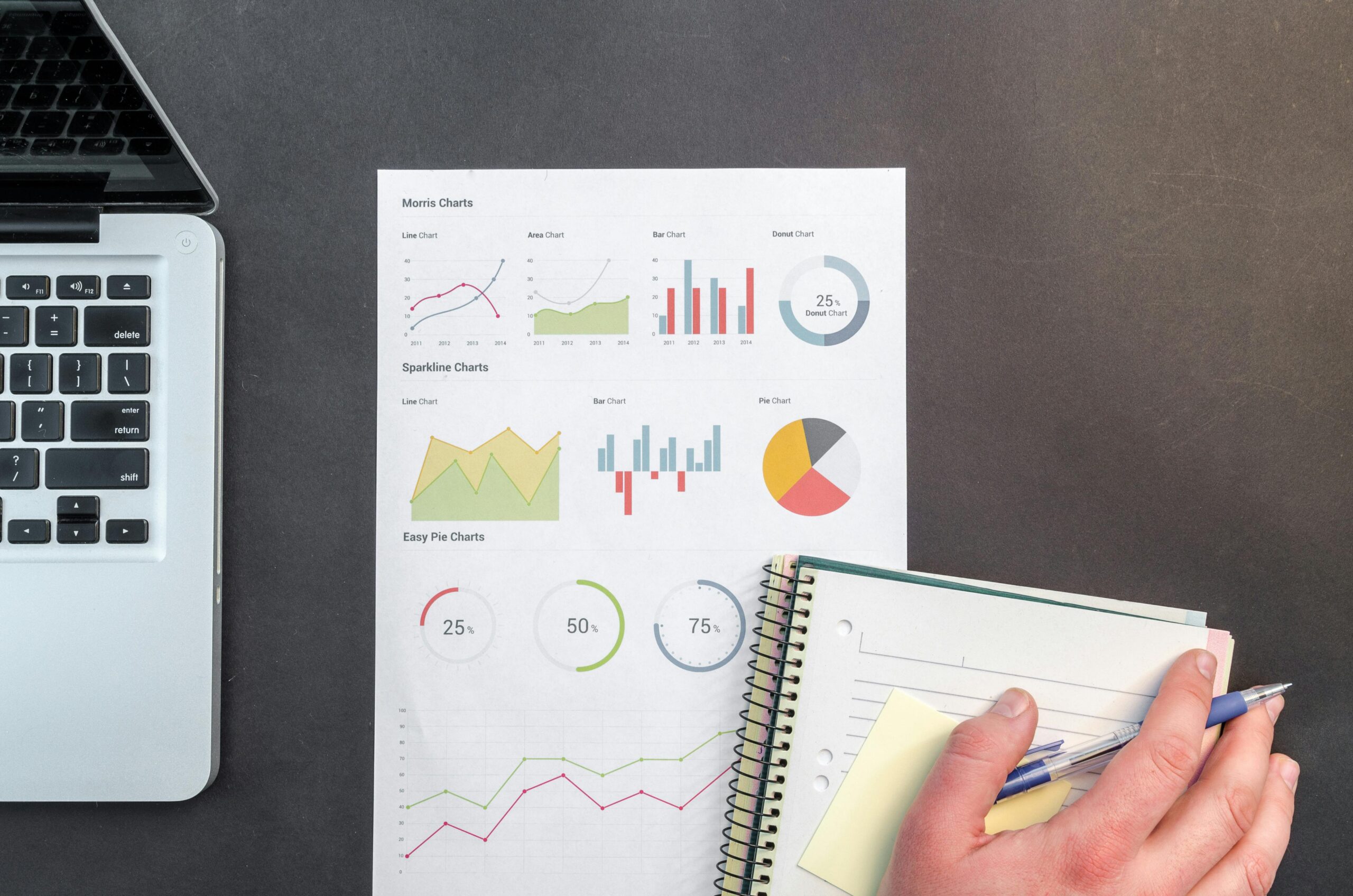How many times do you check your email per day? If you’re like most lawyers, the number is probably in the hundreds. Even using a conservative estimate, if you check your email 100 times per day and lose two minutes each time, that’s over three hours a day you’re losing to your inbox. Of course, we all rely on our email for communication, but are we using it effectively? How often do you check your inbox, see that there are no new emails, and go back to doing “real work” for a couple of minutes before you habitually check your inbox again?
When we get an email in our inbox, our brain releases dopamine, which plays a major role in reward-motivated behavior. Our body also releases cortisol, a stress hormone. We also have a tendency to hold our breath, hence increasing stress — a phenomenon known as email apnea.
I attended a session on productivity while at the National Association of Legal Placement (NALP) conference with Paul Burton, called “Power Processing Your Email Using the QuietSpacing Method.” He shared these tips for increasing productivity and conquering your inbox.

Why Better Financial Acumen is the Key to Law Firm Success in 2025
From training to technology, uncover the essential steps to futureproof your law firm in a competitive market.
#1: Turn Off Email Notification
Most of us receive hundreds of emails per day. We can’t engage in the type of deep thought and focus required to write memos, briefs, and conduct legal research if our computer is pinging every couple of minutes with an email alert. This is one simple way to reduce distractions.
#2: Add ‘No Email’ Time
Burton suggests adding short durations throughout the day where you have “no email” time. For example, no email while you’re in the elevator. (You can amuse yourself by looking at everyone else in the elevator that’s obsessively checking their email.) Other suggestions include setting a timer and not checking your inbox during this time.

Calculate Your Firm’s Time-Saving Potential
Want more time for what matters most? MyCase streamlines your firm so you can focus on winning cases. See how much time you could save with our Law Firm Time Savings Calculator—try it now!
If you find yourself checking email compulsively throughout the day, consider checking your inbox only once per hour. If you can’t do that, consider checking it once every 15 minutes.
#3: Slave or Commander of Inbox?
It’s important to note that email is a tool. Like any tool, you must learn to use it effectively. Too many of us are enslaved to the inbox rather than taking control of it.
As Burton explains it, our goal is to maximize work time because work that doesn’t get done during “work time” eats into our personal time. Any way you look at it, the work must always get done.
#4: Best Email Practices
There are several best practices that Burton offers to use email as smartly as possible.
One Subject Per Email
Limit the number of subjects to one per email. Meaning, if you’re sending an email to a co-worker, do not include more than one client matter in the email. This allows the receiver to be able to focus on the subject at hand and also makes it easier for filing. In addition, it ensures that you won’t inadvertently forward privileged information to the wrong person.
Use Good Subject Lines
It’s a good idea for firms to implement standard subject lines firmwide. If your firm does not do this, you can come up with your own system. For example, consider using:
[Client/Matter]: [Subject/Topic] – [3-Word Summary] – [Deliverables] – [Deadline]
Smith/Johnson: Strategic Plan – Motion to Dismiss – Draft Motion – Deadline: Friday, 5/1/2015 @ 9:00 AM
Keep it Simple, Sweet, To The Point
In general, most people read only the first two paragraphs of an email and skim the rest. State what you need upfront and get to the point — fast.
Minimize Use of ‘Reply All’
Reply All should not be the default setting when using email. Burton states that firms can reduce use of Reply All by 20% simply by moving the Reply All button in Outlook.
Before hitting Reply All, ask yourself, does everyone really need to be copied on this email?
Don’t Treat Email Like Text Messages
Work email is not a substitute for water-cooler conversation. Don’t treat email like text messages. Set agreements within your team members to not send unnecessary emails such as “thank you.” If a thanks is warranted, get up from your desk and go thank them in person!
#5: Do Your Work First
Burton recommends reserving the morning hours for work that requires concentration (the work that you can bill for) and not scheduling meetings first thing in the morning. Reserve midday for collaborative work and late day for administrative work.
Remember, we get paid to do work! Start your day with billable work first.
#6: Taking Control Over Your Calendar
Do you feel instantly exhausted or overwhelmed when you look at your calendar? Burton suggests having “hard-coded” and “soft-coded” time. Hard-coded times are meetings, calls, and other items in your day that you must show up for at that time. Try to limit hard-coded items to four per day. Leave the rest of the time open to focus on tackling items from your to-do list.
Limit scheduled events to four hours per day. Humans are naturally optimistic and we tend to believe we can accomplish more than what we’re capable of. By limiting scheduled events to just four hours per day, you can be flexible and make time for the unexpected emergencies.
For additional productivity tools, check out Paul Burton’s book, QuietSpacing (affiliate link). I am also offering a Webinar sponsored by Clio on Better Lawyering Through Mindfulness on May 12th.
2015 Annual Education Conference [National Association for Law Placement (NALP)]
Jeena Cho is co-founder of JC Law Group PC, a bankruptcy law firm in San Francisco, CA. She is also the author of the upcoming American Bar Association book, The Anxious Lawyer: An 8-Week Guide to a Happier, Saner Law Practice Using Meditation (affiliate link), as well as How to Manage Your Law Office with LexisNexis. She offers training programs on using mindfulness and meditation to reduce stress while increasing focus and productivity. She’s the co-host of the Resilient Lawyer podcast. You can reach her at [email protected] or on Twitter at @jeena_cho.